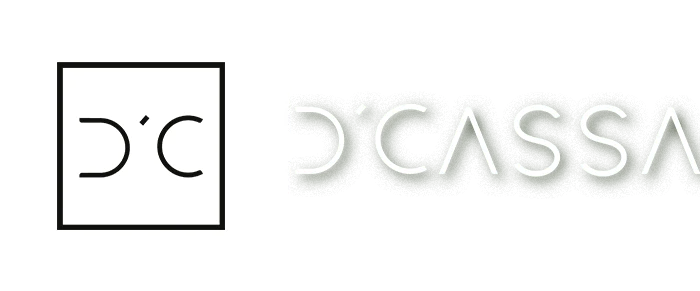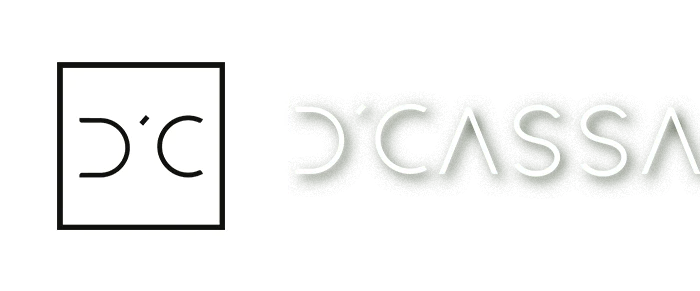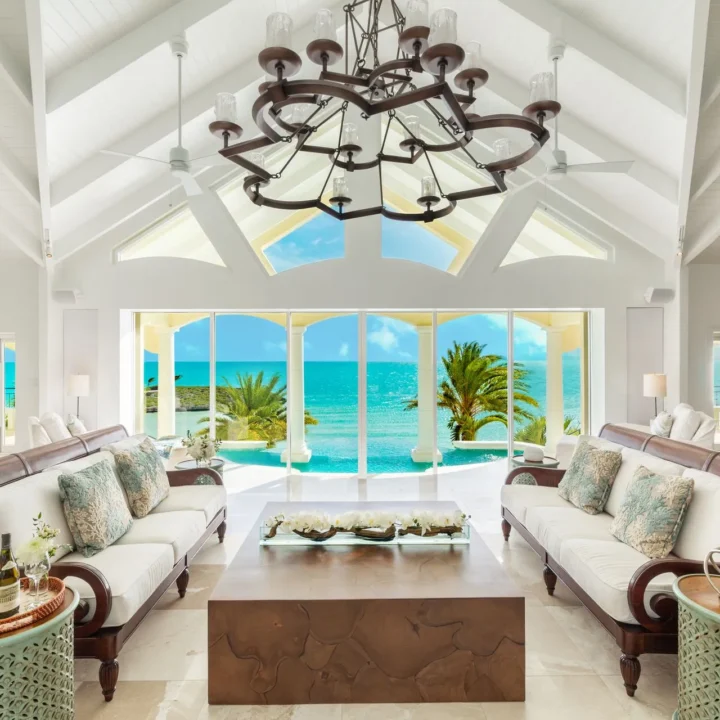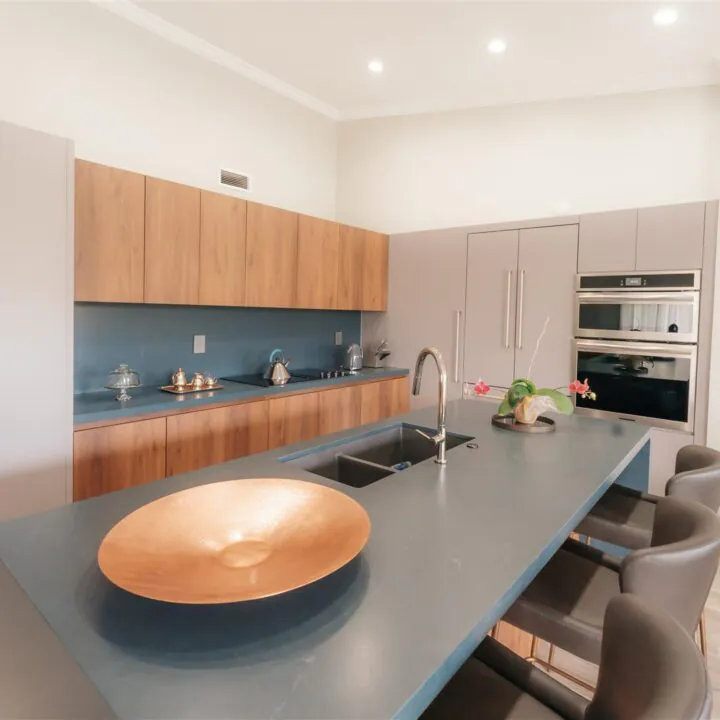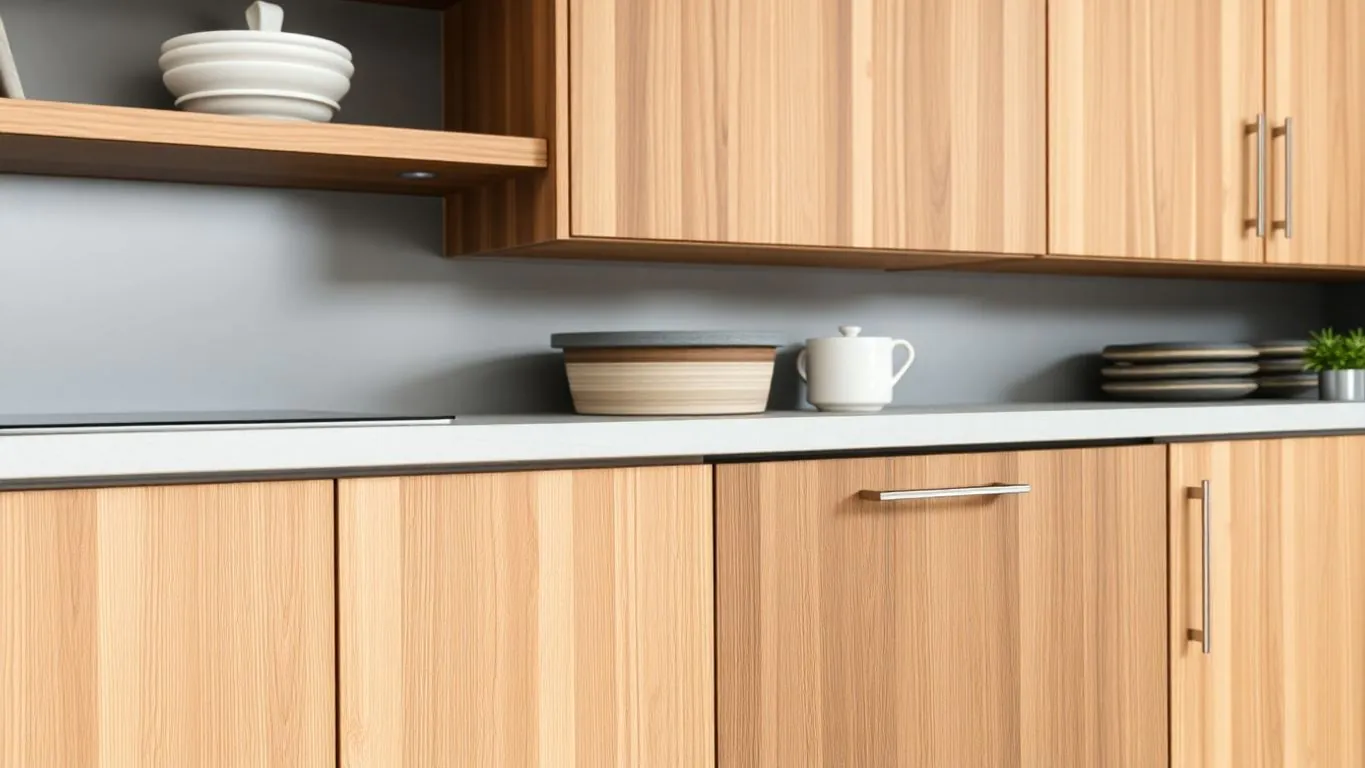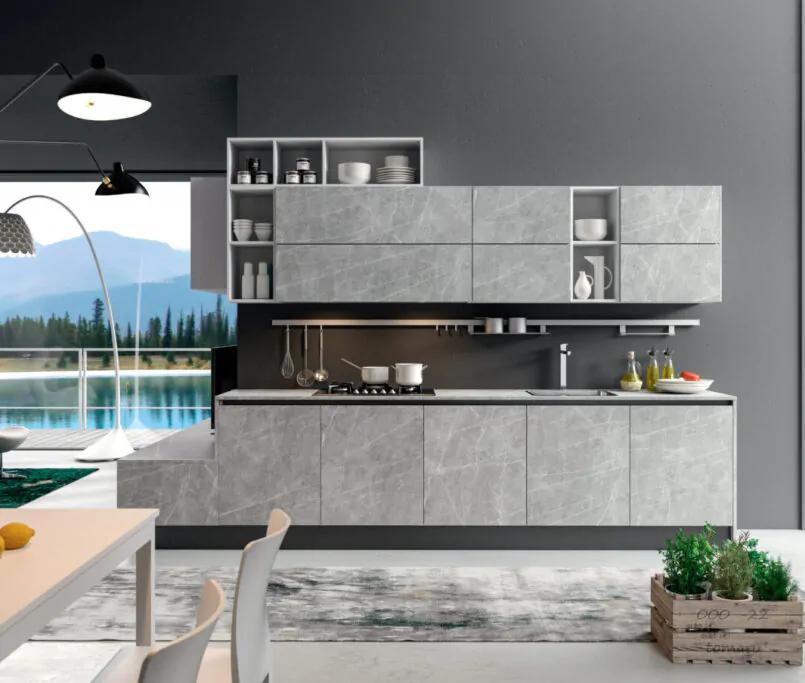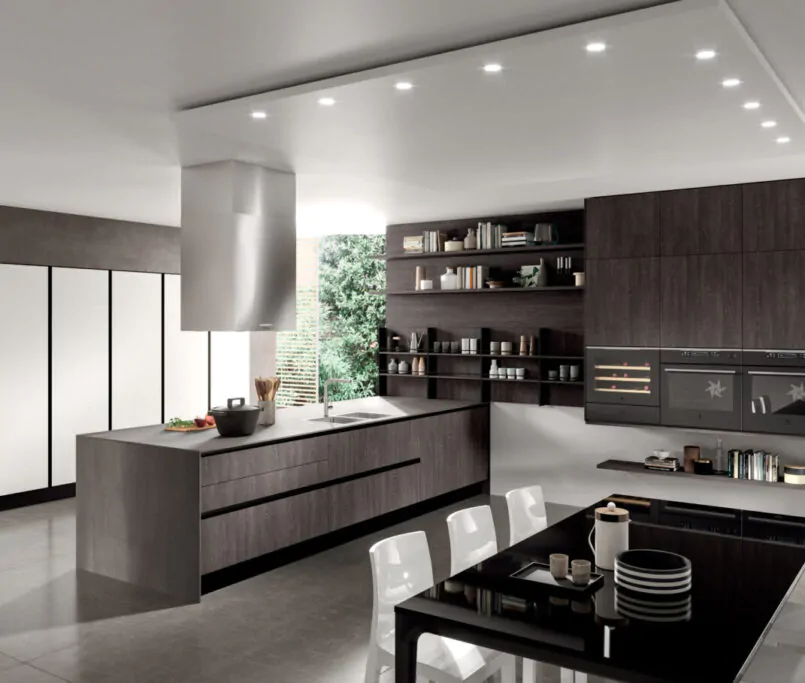In recent years, the kitchen cabinet industry has seen a significant shift away from traditional wood materials. Homeowners and designers alike are exploring a variety of alternative materials that offer unique benefits, sustainability, and modern aesthetics. This article delves into the rise of non-wood kitchen cabinets, highlighting innovative materials that can enhance both the functionality and style of your kitchen.
Key Takeaways
- Non-wood kitchen cabinets are becoming more popular due to their unique styles and sustainable options.
- Metal cabinets, like stainless steel and aluminum, provide durability and a modern look for kitchens.
- Eco-friendly materials such as bamboo and reclaimed wood offer sustainable choices while adding character.
- Plywood is a versatile option that balances strength and lightweight design, making it ideal for cabinets.
- Choosing the right finish can enhance the longevity and appearance of kitchen cabinets, with water-based finishes being a top eco-friendly choice.
The Rise of Non-Wood Kitchen Cabinets
Understanding the Shift from Traditional Wood
The trend towards non-wood kitchen cabinets is growing. Many homeowners are moving away from traditional wood due to concerns about sustainability and health. Alternative materials are becoming popular because they can be more eco-friendly and often require less maintenance.
Benefits of Alternative Materials
Using non-wood materials for kitchen cabinetry offers several advantages:
- Durability: Many alternatives, like stainless steel and bamboo, are known for their strength.
- Sustainability: Materials such as reclaimed wood and recycled composites help reduce waste.
- Healthier Options: Non-toxic materials can improve indoor air quality by minimizing harmful emissions.
Market Trends in Kitchen Cabinetry
The market for kitchen cabinetry is evolving. Here are some key trends:
- Increased Demand for Custom Kitchen Cabinetry: Homeowners want unique designs that reflect their personal style.
- Focus on Eco-Friendly Materials: More people are choosing sustainable options for their kitchen renovation projects.
- Innovative Designs: Modern aesthetics are leading to creative uses of materials like aluminum and recycled paper composites.
The shift towards non-wood kitchen cabinets is not just a trend; it reflects a growing awareness of environmental impact and personal health. By choosing alternative materials, homeowners can create beautiful, functional spaces that are also good for the planet.
This change in kitchen design is paving the way for a new era in kitchen renovation, where style meets sustainability.
Exploring Metal Options for Kitchen Cabinets
Stainless Steel: A Durable Choice
Stainless steel is a popular choice for kitchen cabinets due to its strength and modern look. It is resistant to heat, moisture, and stains, making it ideal for busy kitchens. Here are some key points:
- Durability: Stainless steel can withstand heavy use without showing wear.
- Easy to Clean: A simple wipe down keeps it looking new.
- Sleek Appearance: It adds a contemporary touch to any kitchen design.
Aluminum Cabinets: Lightweight and Modern
Aluminum cabinets are gaining popularity for their lightweight nature and modern aesthetic. They are often used in contemporary designs and offer several benefits:
- Corrosion Resistance: Aluminum does not rust, making it suitable for humid environments.
- Variety of Finishes: Available in various colors and textures to match your style.
- Eco-Friendly: Aluminum is recyclable, making it a sustainable choice.
Pros and Cons of Metal Cabinets
When considering metal cabinets, it’s essential to weigh the pros and cons:
| Pros | Cons |
|---|---|
| Extremely durable | Can be expensive |
| Resistant to heat and water | Industrial look may not suit all kitchens |
| Easy to clean | May dent or scratch |
Metal cabinets can be a stylish and practical choice for your kitchen, but it’s important to consider your overall design and functionality needs.
In summary, metal options like stainless steel and aluminum offer unique benefits that can enhance both the durability and style of your kitchen cabinets. Whether you prefer a sleek, modern look or a more industrial vibe, there are metal materials that can meet your needs.
Eco-Friendly Materials for Kitchen Cabinets

Bamboo: A Sustainable Alternative
Bamboo is a fast-growing plant that is renewable and strong, making it a great choice for kitchen cabinets. Using bamboo helps reduce deforestation and supports a healthier planet. It can be crafted into beautiful cabinets that add a unique touch to your kitchen.
Reclaimed Wood: Combining History and Style
Reclaimed wood comes from old buildings and furniture, giving it a unique character. This type of wood not only helps reduce waste but also adds a rustic charm to your kitchen. Here are some benefits of using reclaimed wood:
- Unique appearance with history
- Environmentally friendly by reducing landfill waste
- Often more durable than new wood due to its age
Recycled Paper Composites: Innovative and Green
Recycled paper composites are made from layers of recycled paper and non-toxic resins. They are strong and can withstand daily wear and tear. Here’s a quick look at their features:
| Feature | Description |
|---|---|
| Durability | High resistance to heat and moisture |
| Weight | Lightweight yet structurally sound |
| Environmental Impact | Reduces landfill waste |
Choosing eco-friendly materials for your kitchen cabinets not only enhances your home’s beauty but also contributes to a healthier environment.
By selecting these sustainable options, you can create a kitchen that is both stylish and responsible.
The Versatility of Plywood in Kitchen Design
Plywood is becoming a popular choice for kitchen cabinets due to its unique qualities. It combines strength and beauty, making it a great option for modern kitchens. Plywood is made from thin layers of wood glued together, which gives it a durable structure. Here are some key points about plywood:
Plywood vs. Solid Wood: A Comparison
- Cost-Effective: Plywood is generally cheaper than solid wood, making it a budget-friendly option.
- Strength: While solid wood is strong, high-quality plywood can be just as durable.
- Aesthetic Appeal: Plywood can mimic the look of natural wood, providing a stylish finish.
Grades and Types of Plywood
Plywood comes in different grades, which affect its appearance and strength. Here’s a quick overview:
| Grade | Description |
|---|---|
| AA | Smooth, high-quality surface, ideal for visible areas |
| A | Good quality, minor imperfections |
| B | Suitable for hidden areas, more knots |
| C | Lower quality, many imperfections |
Advantages of Using Plywood
- Durability: Plywood is robust and can withstand wear and tear.
- Eco-Friendly: It is a sustainable choice, helping to reduce deforestation.
- Versatile: Plywood can be used in various designs and styles, fitting different kitchen themes.
Plywood is not just a practical choice; it also adds a touch of elegance to your kitchen design.
In conclusion, plywood is a versatile material that offers both functionality and style for kitchen cabinets. Whether you’re designing a new kitchen or renovating an old one, consider plywood for a beautiful and durable solution.
Innovative Composite Materials for Cabinets

Understanding Composite Materials
Composite materials are made by combining two or more different materials to create a product that has unique properties. These materials are becoming popular in kitchen cabinetry because they offer a blend of durability, style, and sustainability. Many homeowners are now choosing composites over traditional wood.
Benefits of Low-VOC Composites
Using low-VOC composites is a great choice for those who care about indoor air quality. These materials are made with adhesives that release fewer harmful chemicals, making your kitchen a healthier place. Here are some benefits of low-VOC composites:
- Improved air quality in your home
- Reduced environmental impact by using recycled materials
- Durability that stands up to daily wear and tear
Design Flexibility with Composites
One of the best things about composite materials is their design flexibility. They can be made to look like wood or come in a variety of colors and finishes. This means you can have stylish cabinets that fit your kitchen’s look without sacrificing quality. For example, recycled paper composites can mimic wood grain or offer bold colors, allowing for:
- Realistic wood-like finishes
- Smooth, modern surfaces
- Textured patterns for added interest
Choosing composite materials for your kitchen cabinets not only enhances the look of your space but also supports eco-friendly practices.
In summary, innovative composite materials are changing the way we think about kitchen cabinets. They provide a sustainable, stylish, and durable option that meets the needs of modern homeowners. Whether you’re looking for something lightweight like aluminum or a more traditional look with recycled paper composites, there’s a composite material that can fit your kitchen perfectly.
Highlights
- Durability and strength of composites
- Eco-friendly options available
- Versatile designs to match any kitchen style
For instance, projects like the miami residence door & wallpanel showcase how modern composites can be used effectively in high-end designs. Similarly, the weston residence kitchen highlights the craftsmanship possible with these innovative materials.
Choosing the Right Finish for Your Kitchen Cabinets
Water-Based Finishes: Eco-Friendly and Durable
Water-based finishes are a popular choice for kitchen cabinets because they are eco-friendly and easy to clean. They dry quickly and have low levels of volatile organic compounds (VOCs), making them safer for indoor air quality. These finishes provide a clear, durable coat that enhances the natural beauty of the wood.
Oil-Based vs. Water-Based: What to Choose
When deciding between oil-based and water-based finishes, consider the following:
- Durability: Oil-based finishes are generally more durable and resistant to scratches.
- Drying Time: Water-based finishes dry faster, allowing for quicker project completion.
- Cleanup: Water-based finishes can be cleaned up with soap and water, while oil-based finishes require solvents.
Impact of Finishes on Cabinet Longevity
The finish you choose can significantly affect the longevity of your cabinets. A good finish protects against moisture, heat, and wear. Here’s a quick comparison:
| Finish Type | Durability | Drying Time | Cleanup |
|---|---|---|---|
| Water-Based | Moderate | Fast | Soap and water |
| Oil-Based | High | Slow | Solvents |
| Lacquer | Very High | Fast | Solvents |
Choosing the right finish is essential for maintaining the beauty and functionality of your kitchen cabinets. A well-finished cabinet can last for years, enhancing your kitchen’s overall appeal.
Conclusion
In summary, selecting the right finish for your kitchen cabinets is crucial. Consider your lifestyle, the look you want, and how much maintenance you’re willing to do. With the right choice, your cabinets can be both beautiful and long-lasting, making your kitchen a welcoming space for family and friends. Remember, the finish can make all the difference!
Balancing Aesthetics and Functionality in Cabinet Design
When designing your kitchen, it’s important to find a balance between how things look and how well they work. Your kitchen should be both beautiful and practical. Here are some key points to consider:
Matching Materials with Kitchen Styles
- Rustic Charm: Solid wood or wood veneer adds warmth and a cozy feel.
- Modern & Industrial: Stainless steel or laminate gives a sleek, polished look.
- Minimalist: MDF or thermofoil creates a clean, simple space.
- Traditional Elegance: Solid wood or plywood can be customized for a classic style.
Practical Considerations for Cabinet Materials
Choosing the right materials is not just about looks. Here are some practical factors:
- Durability: How well will the material hold up over time?
- Heat and Scratch Resistance: Will it withstand daily use?
- Ease of Maintenance: How easy is it to clean and care for?
| Material Type | Durability | Heat Resistance | Maintenance Ease |
|---|---|---|---|
| Solid Wood | High | Moderate | Moderate |
| Stainless Steel | Very High | High | Easy |
| MDF | Moderate | Low | Moderate |
| Plywood | High | Moderate | Easy |
Long-Term Maintenance and Care
To keep your cabinets looking great:
- Regularly clean surfaces with mild soap and water.
- Avoid harsh chemicals that can damage finishes.
- Check for wear and tear, and address issues early.
Finding the right balance between style and function can transform your kitchen into a space that is not only attractive but also highly functional.
By considering both aesthetics and practicality, you can create a kitchen that meets your needs and reflects your personal style. Whether you’re inspired by the nautilus residence or the providenciales project, the right choices will make your kitchen a true centerpiece of your home.
When designing cabinets, it’s important to find a good mix between how they look and how well they work. You want your cabinets to be pretty but also useful. If you’re thinking about a new cabinet design, check out our website for ideas and help!
Conclusion
In conclusion, choosing the right materials for kitchen cabinets is essential for both style and health. While traditional wood cabinets have their charm, many alternatives are available that are safer and more eco-friendly. Options like bamboo, stainless steel, and recycled materials not only look great but also help protect our planet. By considering these alternatives, homeowners can create beautiful kitchens that are good for their families and the environment. Making informed choices about cabinet materials can lead to a healthier home and a more sustainable future.
Frequently Asked Questions
What are non-wood materials for kitchen cabinets?
Non-wood materials include options like metal, bamboo, plywood, and recycled composites that are used instead of traditional wood.
Why should I choose alternative materials for my cabinets?
Alternative materials can be more durable, eco-friendly, and easier to maintain compared to traditional wood cabinets.
Are metal cabinets a good choice for kitchens?
Yes, metal cabinets, like stainless steel, are strong, easy to clean, and give a modern look to your kitchen.
What is bamboo cabinetry?
Bamboo cabinetry is made from bamboo grass, which is a sustainable option that is strong and stylish.
How do I maintain eco-friendly cabinets?
Eco-friendly cabinets require regular cleaning and should be kept away from excess moisture to maintain their condition.
What finishes are best for kitchen cabinets?
Water-based finishes are often recommended because they are eco-friendly, durable, and easy to clean.
